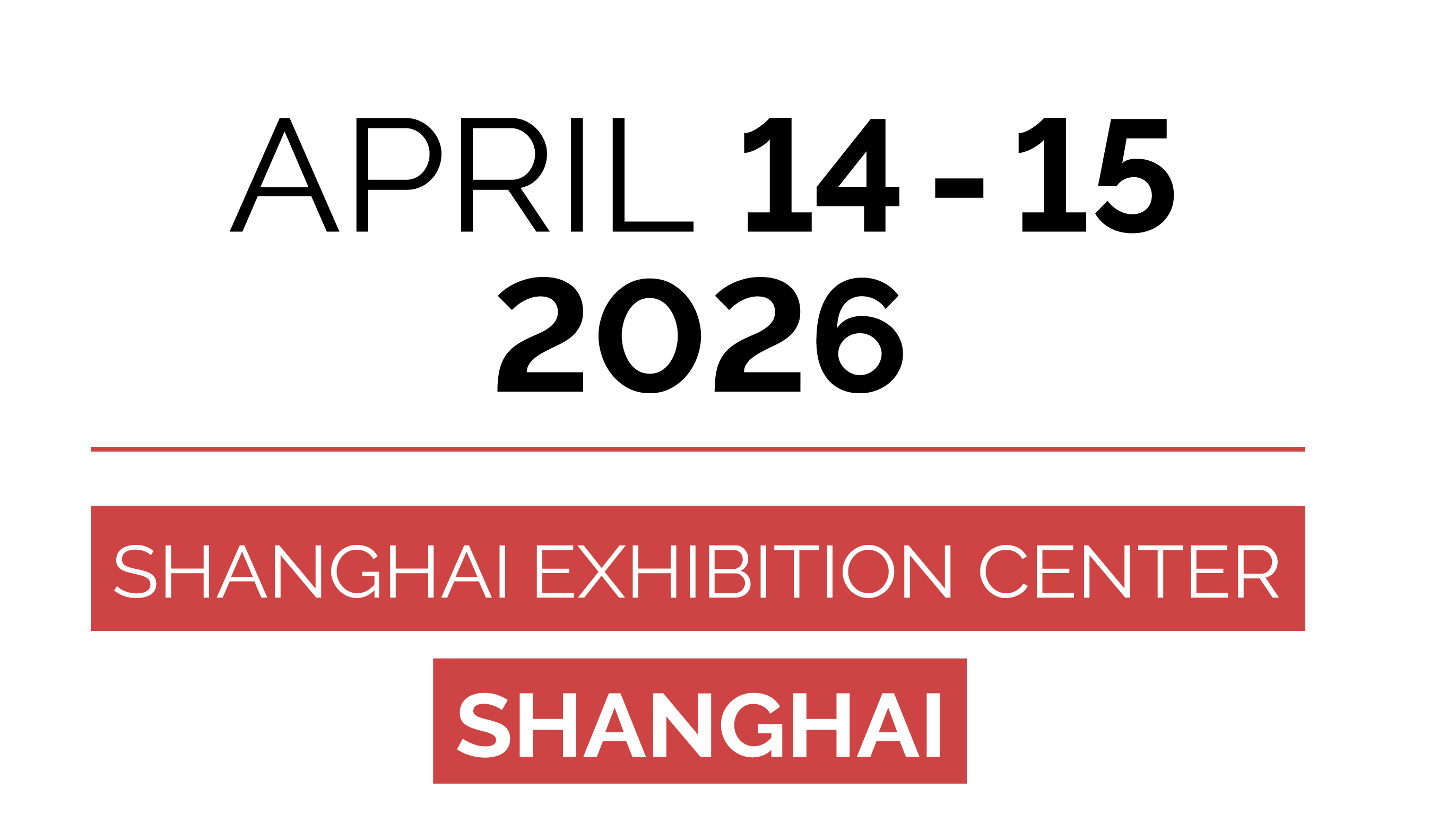What future for niche perfumery in China?
2025/01/24
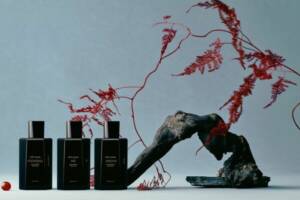
Melt Season fragrance line © Melt Season
While the luxury-goods sector is showing signs of a slowdown in China, a number of perfume brands have emerged in recent years and are gaining ground. While names like To Summer, Documents, and Melt Season may be unknown to Western consumers, they convey a strong imagination and innovation. Is the future of niche perfumery in China?
For several months now, press reports have revealed the difficulties luxury groups are facing in China. There are many reasons for this downturn, characterized by weaker growth, rising youth unemployment, and supply outstripping demand. The consulting firm Bain & Company has also pointed to the emergence of “luxury shame” among Chinese consumers. That being said, some brands are holding up better than others, as well as certain sectors, including perfume.
While many still believe that Chinese consumers use little or no perfume, fragrance creation houses actually view China as a future world leader. In recent years, several of them have established centers dedicated to developing fine fragrance. In 2023, Symrise opened The Little Red House in Shanghai, a creation hub housed in a building designed by Jean Nouvel. The French composition house TechnicoFlor, which already operates in Shanghai, has set up a new production site in Beautéville, China’s “Cosmetic Valley” for cosmetics companies and packaging suppliers. “Although Western brands have been operating in China for a long time, we’ve seen a huge growth in local brands in recent years,” explains Matthieu Prat, Managing Director of TechnicoFlor China, who is aiming for double-digit sales growth by 2024.
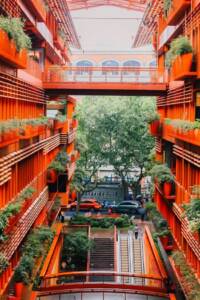
Symrise’s creative center in Shangai: The Little Red House ©Symrise
Evaluated as the world’s fifth-largest market for fine fragrances last year, the country has been enjoying strong growth for several years: +30% in 2021 and +18% again this year. According to Euromonitor forecasts, by 2025 China will be second only to the United States—but ahead of France, a fragrance icon. In a country where barely 5% of the population uses perfume, there is enormous room for growth.
The market is stimulated by consumers under 40, who are looking for new experiences and singularity, explains Takasago. But while blind tests reveal an appreciation for creations by Dior, Chanel, or Armani, consumers show a preference for niche fragrances at the expense of designer brands. These digital natives are less loyal to brands, relying more on key opinion leaders and star influencers to refine their fragrance preferences. They are also more patriotic, contributing to the growth of Chinese brands.
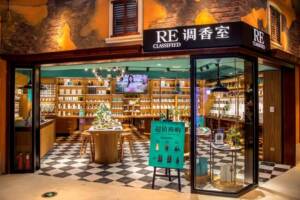
Reclassified operates more than 100 boutiques in China ©Reclassified
Brands that master storytelling are flourishing
Chinese brands are increasingly abandoning clichés of Paris or Capri in favor of a cultural identity imbued with guochao, explains the online magazine Jing Daily. This trend, which could be translated as “national wave”, promotes Chinese heritage and culture by blending ingredients, colors, nostalgia, and spirituality in a modern, highly effective emotional approach to marketing.
Among the most talked-about is Documents. The brand’s cylindrical bottles topped with pyramid-shaped caps go by names such as Naive, Snow, and Excite 12°—a far cry from the references to raw materials employed by European niche brands. Documents has raised several rounds of financing, and L’Oréal is one of its shareholders.
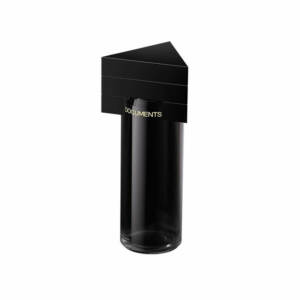
L’Oréal has invested in Chinese brand Documents ©Documents
The French group has also invested in To Summer, whose fragrances evoke ingredients (tea, osmanthus, ink), numbers, or more complex ambiences imbued with poetry and gentleness. The caps look like sculptures or semi-precious stones. The Estée Lauder Companies has taken a stake in Melt Season, an elegant brand “blending modern aesthetics with the olfactory traditions of the Orient.” Many names are in English, like One Day or Nobody Knows, but others evoke China, such as Medog, named for a town in Tibet. The black or translucent faceted bottles convey codes similar to those found in Western niche perfumery.

